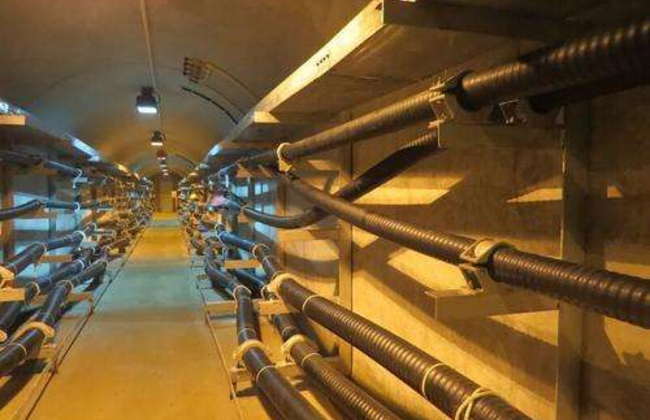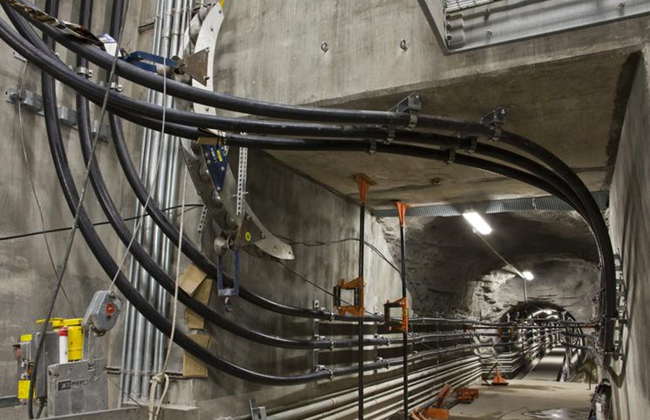Underground cables are an essential component of modern electrical systems, providing a safe and efficient way to transmit electrical power over long distances. Unlike overhead power lines, which are vulnerable to damage from storms and other natural disasters, underground cables are protected by being buried underground, making them a reliable and resilient option for transmitting electricity.
There are several different types of underground cables, each designed for specific applications and environments.

Some Of The Most Common Types Of Underground Cables Include:
1. High voltage cables: These cables are used for transmitting electricity over long distances, typically at voltages of 66 kV or higher. High-voltage cables are often used in power transmission systems, connecting power plants to substations and other distribution points.
2. Low voltage cables: These cables are used for distributing electricity at lower voltages, typically between 600 and 1,000 volts. Low-voltage cables are commonly used for residential and commercial applications, such as powering individual buildings or neighborhoods.
3. Fiber optic cables: These cables are used for transmitting data over long distances, using light signals to transmit information at high speeds. Fiber optic cables are often used in telecommunications systems, providing high-speed internet and other data services.
In addition to these different types of underground cables, there are also various construction methods used to install and protect these cables.
Some Of The Most Common Methods Include:
1. Direct burial: In this method, underground cables are buried directly in the ground, without any additional protective casing. This method is typically used for cables that are buried at shallow depths and in areas with a low risk of damage from external factors.
2. Ducts and conduits: In this method, underground cables are placed inside a protective casing, such as a plastic or metal duct, before being buried in the ground. This provides additional protection for the cables, helping to prevent damage from moisture, animals, and other external factors.
3. Cable trenches: In this method, underground cables are laid in a trench that is dug specifically to install the cables. This method is often used for cables that are buried at deeper depths or in areas with a higher risk of damage.
One of the key challenges in installing underground cables is the need to maintain a safe and reliable electrical system while also protecting the environment and minimizing disruption to the surrounding area. To achieve this, careful planning and coordination are required, involving a range of professionals including engineers, project managers, and contractors.
In addition to the technical challenges of installing underground cables, several legal and regulatory considerations must be taken into account. In many jurisdictions, there are strict guidelines governing the installation of underground cables, including requirements for permits, inspections, and other approvals. Failure to comply with these regulations can result in fines, delays, and other consequences.
Despite these challenges, the benefits of underground cables make them a valuable and essential component of modern electrical systems. Because they are protected from external factors, underground cables can transmit electricity over long distances with minimal losses, providing a reliable and efficient source of power. Additionally, by being buried underground, underground cables for power transmission lines are less visible and less likely to cause visual pollution, making them a more aesthetically pleasing option compared to overhead power lines.
Overall, underground cables are an essential component of modern electrical systems, providing a safe and efficient way to transmit electricity over long distances. With careful planning and coordination, these cables can be installed and maintained in a way that protects both the environment and the reliability of the electrical system.
“ZMS Cable Company is a leading manufacturer of high-quality cables for a wide range of applications.
With over 30 years of experience in the industry, we have developed a reputation for excellence and reliability.
Our state-of-the-art production facilities and skilled team of engineers and technicians allow us to produce cables that meet the highest standards of performance and durability.
Whether you need cables for electrical, telecommunications, automotive, or any other industry, ZMS Cable Company has the solutions you need at competitive prices.
Contact us today to learn more about our products and services.”
—ZMS Cable Group

